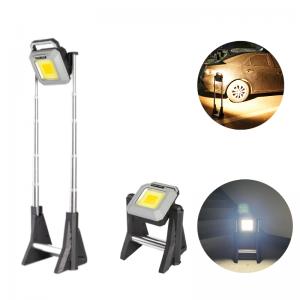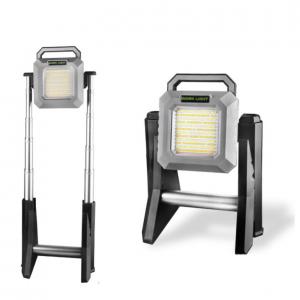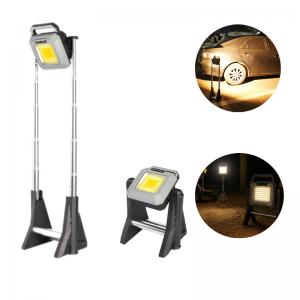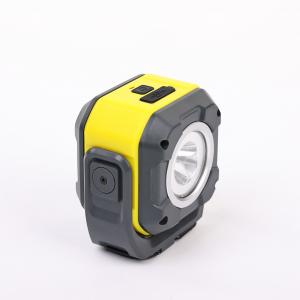The information for UV
Operation instructions for UV sterilization
UVC sterilization principle
Ultra-wavelength UV and short-wave UVC have sterilization and disinfection effects, which are pure physical disinfection methods. They are broad-spectrum, efficient, fast and thorough, do not need to add chemicals, have no resistance, and have no secondary pollution.
Sterilization characteristics of UVC
High efficiency sterilization: the bactericidal effect of ultraviolet on bacteria and viruses is generally completed in a few seconds, almost instantaneously, and the bactericidal and disinfecting ability is 600-3000 times greater than that of chlorine.
Broad spectrum of sterilization: ultraviolet technology is the highest of all disinfection technologies. It can kill almost all bacteria and viruses efficiently.
Thorough sterilization: UV combined with ozone (UVC + O3) can play a more powerful and thorough sterilization power. Ultraviolet rays irradiate the air and the surface of objects in a straight line to achieve strong sterilization and disinfection; ozone penetrates into every corner of the room with the air to completely kill indoor bacteria.
Complete environmental protection: the ultraviolet lamp emits ultraviolet radiation for sterilization and disinfection. The ultraviolet radiation generates ozone from oxygen in the air. The strong oxidation of ozone kills bacteria and viruses. The entire sterilization process does not need to add any chemicals, so as to achieve complete environmental protection.
No drug resistance: UV or ozone directly destroy DNA, RNA, protein, etc. in bacterial virus cells, causing cell death directly and unable to reproduce, no drug resistance. The sterilization of other chemicals will make the bacteria and virus resistant, and cause the sterilization effect of the chemical to be invalid.
No secondary pollution: ultraviolet and ozone cause the direct death of bacteria and viruses, and no other chemical pollutants are produced; at the same time, ozone is converted into oxygen for 15-30 minutes (ozone half-life) at room temperature, without any residual secondary pollution.
Sterilization efficiency of UVC
Sterilization efficiency of UVC ultraviolet to common bacteria and viruses (radiation intensity: 30000 μ w / cm2)
Name of bacteria kill time
Anthrax 0.3 seconds
Tetanus 0.3 seconds
Shigella 1.5 seconds
Escherichia coli 0.4 seconds
Coronavirus 1.2 seconds
Staphylococcus 1.3 seconds
Mycobacterium tuberculosis 0.4 seconds
Influenza virus 0.3 seconds
Poliovirus 0.8 seconds
HBV 0.8s
Bacteriophagus virus 0.2 seconds
Aspergillus niger 0.3-6.7 seconds
Trichoderma 4.6 seconds
Penicillium 0.9-3.0 seconds
Cyanobacteria for 10-40 seconds
Nematode eggs 3.4 seconds
Green algae 1.2 seconds
Protozoa 4.0-6.7 seconds
Leukoplakia 2.7 seconds
Infectious pancreatic necrosis 4.0 seconds
Viral haemorrhagic disease 1.6 seconds
Warning!
The principles to prevent UVC UV damage:
1) wear glasses (either ordinary glass or resin lenses);
2) avoid eyes looking directly at the UV lamp;
3) wear long sleeved clothes to cover the bare skin such as hands;
4) use nearby objects to block the UV, such as walls, furniture, curtains, books, newspapers, etc.;
5) avoid long-term UV exposure, and short-term exposure will not harm the human body.
Children under 12 years old should not use this product without adult supervision.





